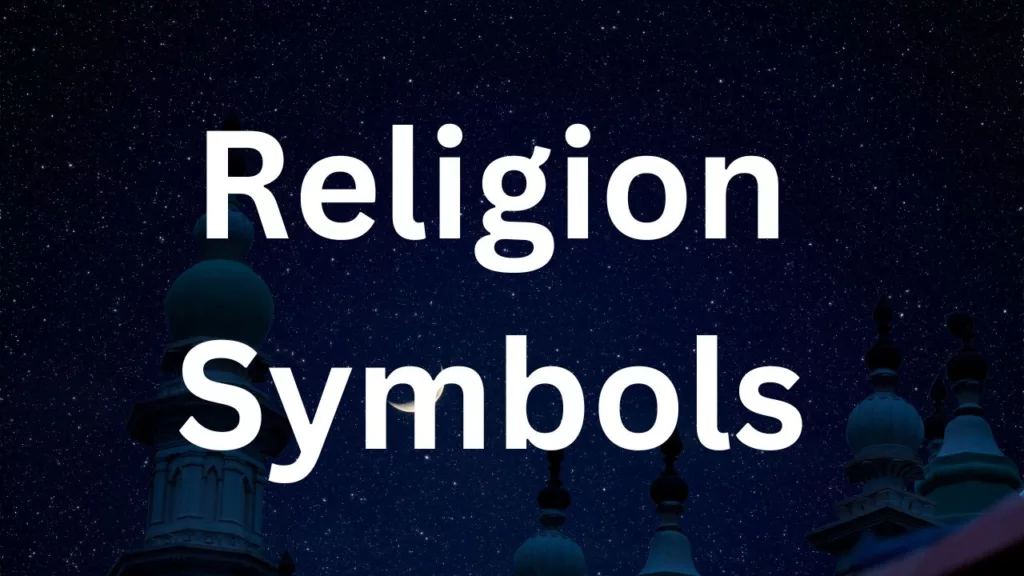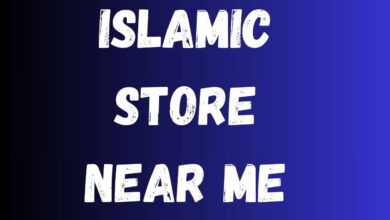Religion Symbols | Unveiling the Mysteries | 2023
"Religion Symbols: A Multifaceted Tapestry of Faith"

Religion Symbols
Religion Symbols are iconic representations that hold significant meaning within various faith traditions. They often convey profound spiritual or cultural messages.

Surah Maryam | 19th Chapter | Testament to Divine Grace
Surah Kafirun | Meaning | Importance | Islamic Article | 2023
Introduction
Religion has been an integral part of human history and culture for millennia, offering guidance, meaning, and a sense of belonging to countless individuals and communities. One fascinating aspect of religious practice is the use of symbols, which are potent representations of faith, values, and identity. In this article, we’ll explore the world of religious symbols, their meanings, and Religion Symbols enduring influence on humanity.
The Role of Religion Symbols
- Universal Language: Symbols transcend linguistic and cultural barriers, making them a universal language of faith. They communicate complex religious ideas and concepts in a simple, visual form that can be understood by people from different backgrounds.
- Spiritual Connection: Religious symbols serve as a link between the physical and spiritual realms. They help believers connect with the divine, express their devotion, and find solace in their faith.
- Identity and Community: Symbols play a crucial role in defining religious identity and fostering a sense of community among believers. They create a shared visual language that unites individuals within a faith tradition.
Major Religious Symbols
- The Cross (Christianity): Perhaps the most recognized religious symbol worldwide, the cross represents the crucifixion of Jesus Christ and the core Christian belief in salvation through his sacrifice. It symbolizes forgiveness, redemption, and the promise of eternal life.
- The Star of David (Judaism): The Star of David, a six-pointed star, is a symbol of Judaism. It is often associated with King David and is emblematic of Jewish identity. Its six points also represent the six attributes of God.
- The Crescent Moon and Star (Islam): The crescent moon and star are widely recognized symbols of Islam, although they are not religious symbols in the Quran. They are often used to represent the Islamic faith and are seen on flags of Muslim-majority countries.
- Om (Hinduism): Om, pronounced “Aum,” is a sacred sound and symbol in Hinduism. It represents the essence of the ultimate reality or consciousness, encompassing the past, present, and future.
- Dharmachakra (Buddhism): The Dharmachakra, or wheel of dharma, is a symbol of Buddhism. It represents the path to enlightenment and the teachings of Buddha, the Four Noble Truths, and the Eightfold Path.
- The Menorah (Judaism): The Menorah, a seven-branched candelabrum, is an ancient Jewish symbol. It represents the light and wisdom of God and is a symbol of Hanukkah, the Festival of Lights.
- The Ankh (Ancient Egypt): The Ankh is an ancient Egyptian symbol that represents life and immortality. It is often depicted being held by gods and pharaohs, signifying their connection to divine life.
Meanings and Interpretations
- Multi-layered Significance: Many religious symbols have multiple layers of meaning. For example, the Christian cross not only represents Jesus’s sacrifice but also serves as a reminder of the resurrection and the promise of eternal life.
- Cultural Variations: The interpretation of religious symbols can vary within and among cultures. For instance, while the lotus flower is a symbol of purity and enlightenment in Buddhism, it also holds different meanings in Hinduism and ancient Egyptian religion.
- Personal Connection: Religious symbols often have deeply personal meanings for individuals. They can be sources of comfort, inspiration, and guidance in daily life.
Modern and Contemporary Use
- Interfaith Dialogue: In an increasingly interconnected world, religious symbols are used in interfaith dialogue to promote understanding and tolerance among different religious communities. They serve as common points of reference for discussion.
- Globalization: The spread of religious symbols beyond their cultural and geographical origins is facilitated by globalization. Symbols like the Om or the Yin and Yang have become recognized worldwide.
- Art and Fashion: Religious symbols are often incorporated into art, jewelry, and fashion, allowing individuals to express their faith or appreciation for a particular culture or tradition.
Conclusion
Religious symbols are powerful representations of faith, culture, and identity. They have played a crucial role in human history and continue to influence individuals and societies in various ways. While symbols may vary across religions and cultures, they all share a common purpose: to convey the profound spiritual truths and beliefs that form the foundation of religious practice and expression. As humanity evolves, the enduring significance of these symbols serves as a testament to the enduring power of faith and spirituality in our lives.
What are Religion Symbols?
Religion Symbols are iconic representations that hold significant meaning within various faith traditions. They often convey profound spiritual or cultural messages.
Why do religions use symbols?
Symbols help convey complex beliefs, stories, and values in a visually recognizable way. They serve as a unifying force and aid in religious teachings.
Are religious symbols the same across all faiths?
No, religious symbols vary widely among different religions. Each faith has its own unique set of symbols that hold specific meanings.
Can religious symbols be cultural as well?
Yes, some symbols are both religious and cultural, representing the intersection of faith and tradition. These symbols can be particularly rich in meaning.
What is the significance of the cross in Christianity?
The cross is a central symbol in Christianity, representing the crucifixion and resurrection of Jesus Christ. It symbolizes salvation and eternal life.
What does the Star of David symbolize in Judaism?
The Star of David, or Magen David, is a symbol of Judaism. It has no specific religious meaning but is often associated with Jewish identity and heritage.
What is the significance of the crescent moon and star in Islam?
The crescent moon and star are associated with Islam and signify the beginning of the Islamic lunar months. They are also symbols of the Muslim world.
What does the Om symbol represent in Hinduism?
Om is a sacred sound and spiritual icon in Hinduism. It symbolizes the essence of the ultimate reality, the universe, and the divine.
Are there any symbols common to multiple religions?
Some symbols, like the dove, are shared across multiple faiths and represent peace and unity.
Can religious symbols change or evolve over time?
Yes, symbols can adapt to cultural shifts and interpretations, taking on new meanings in contemporary contexts.





